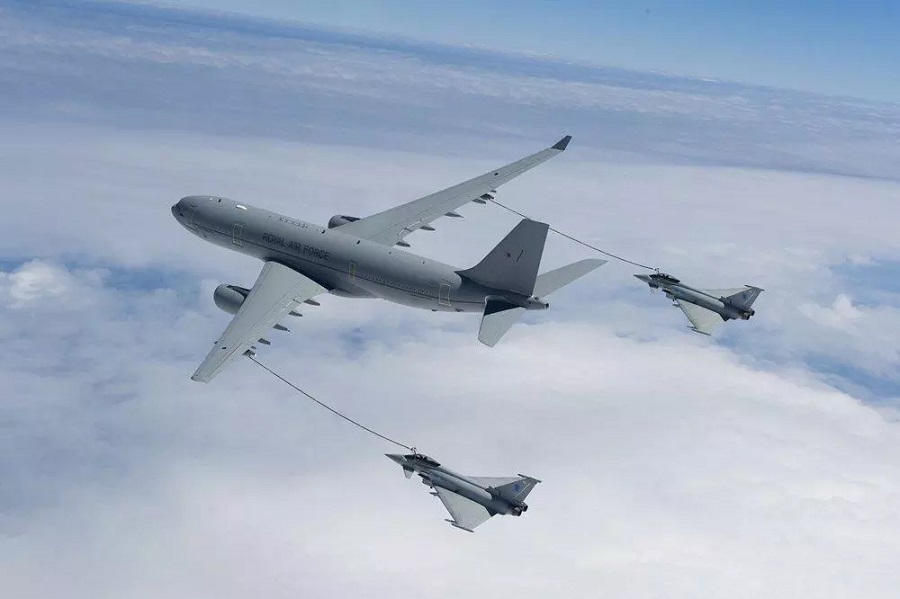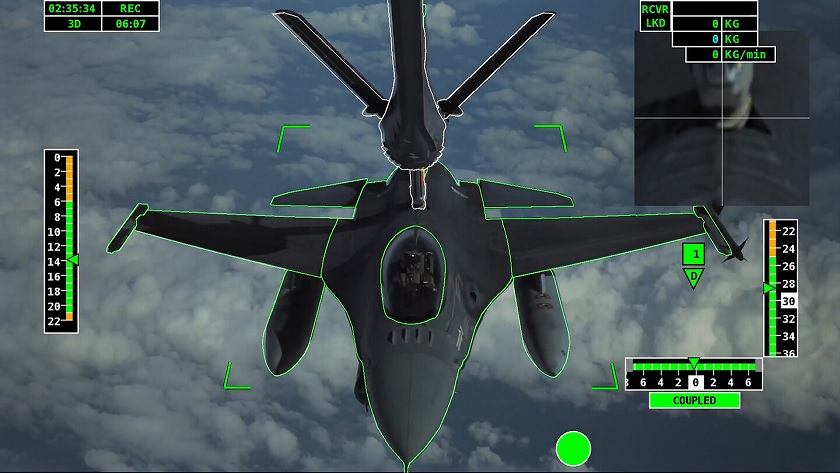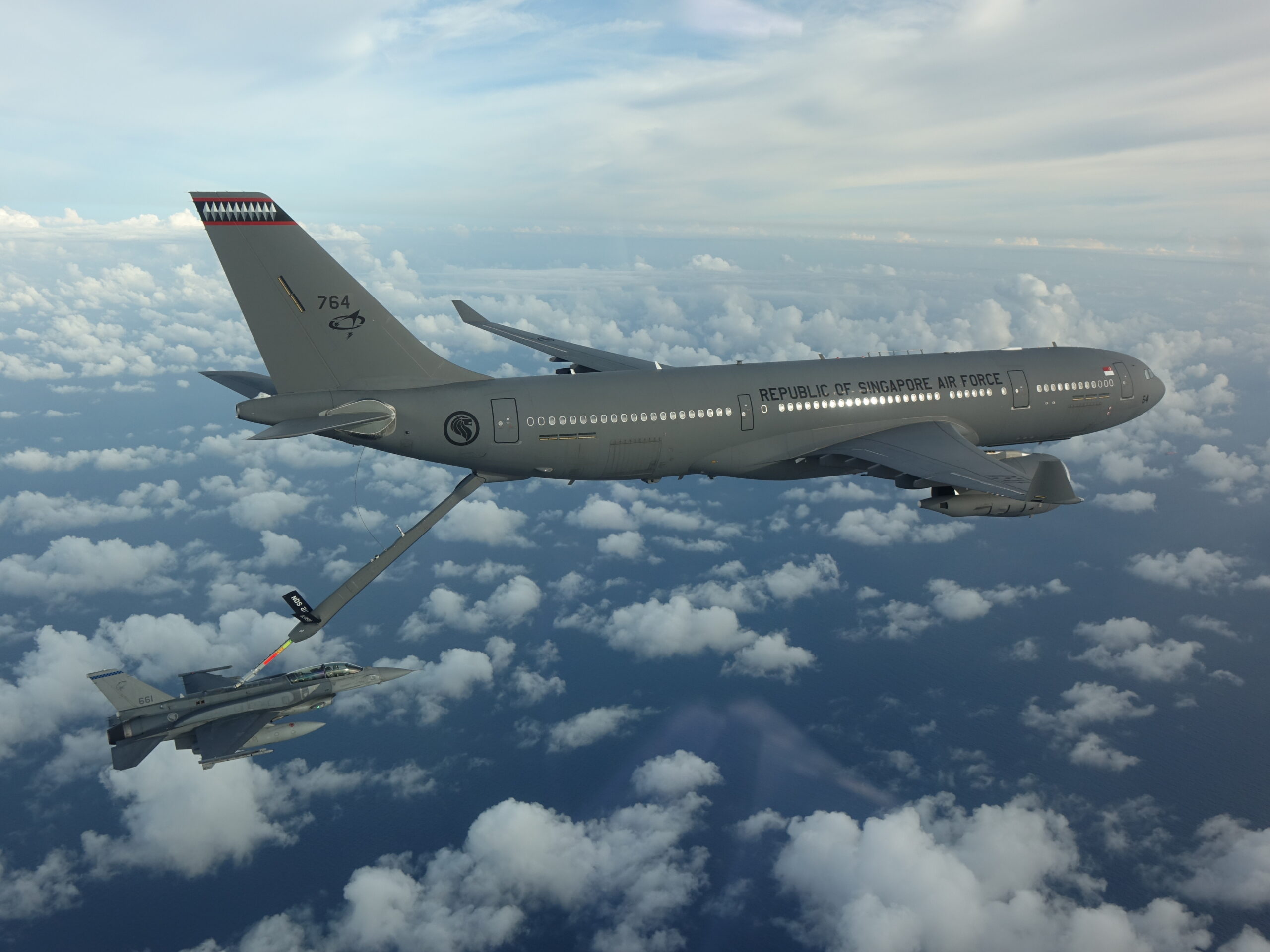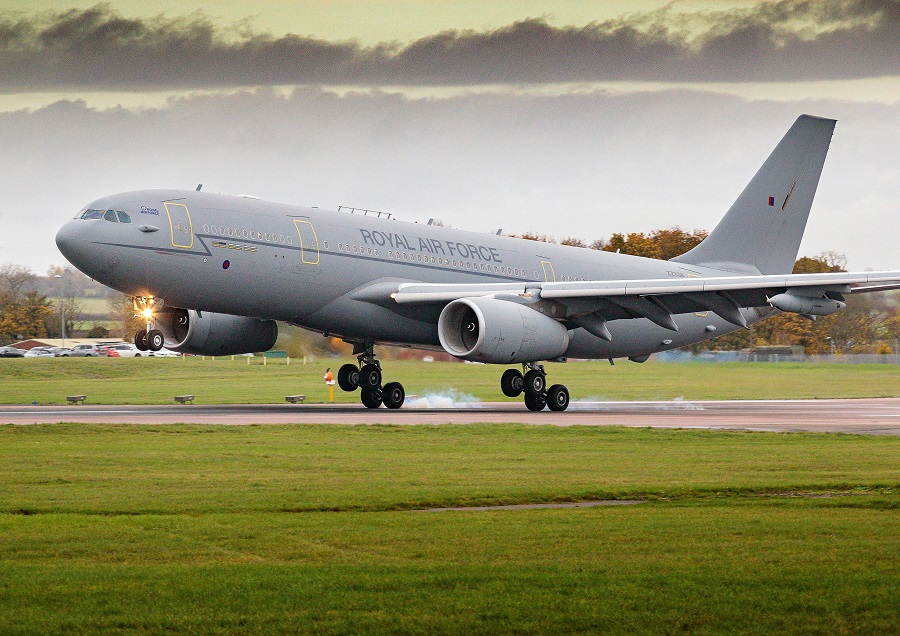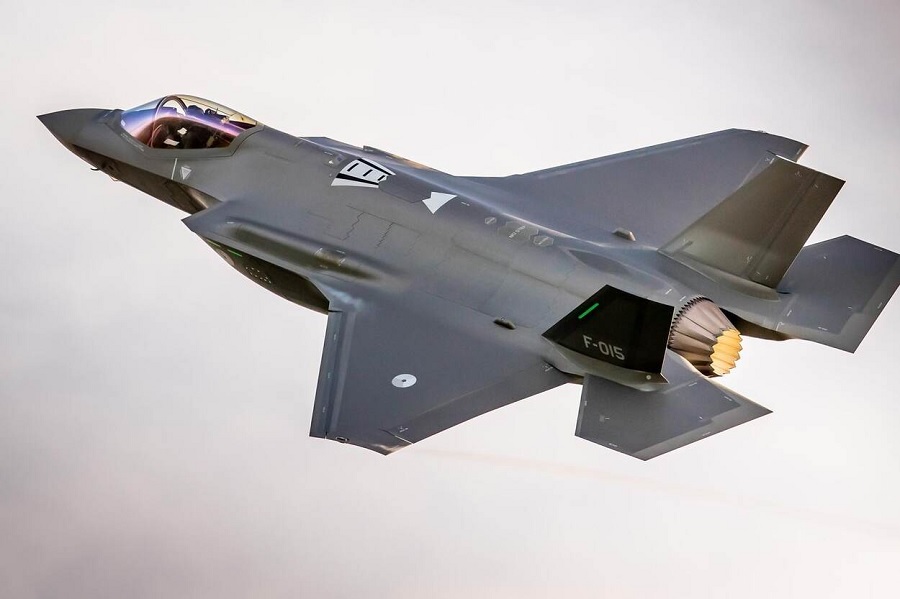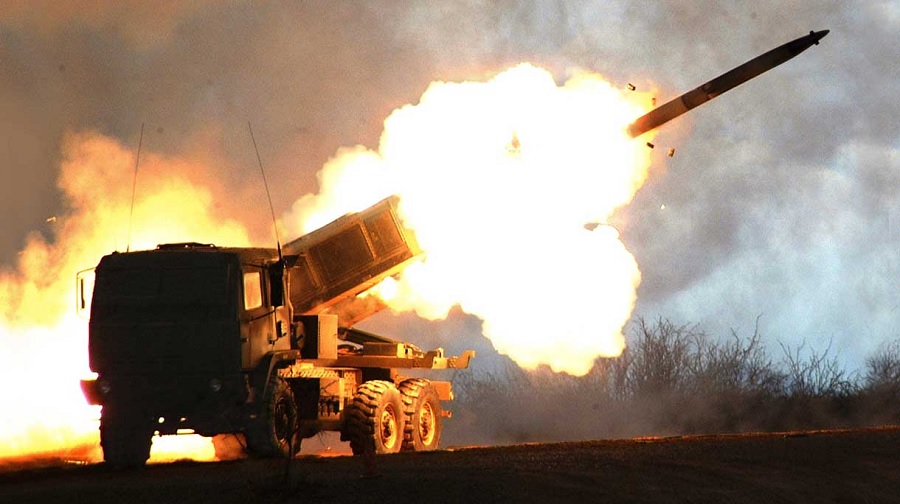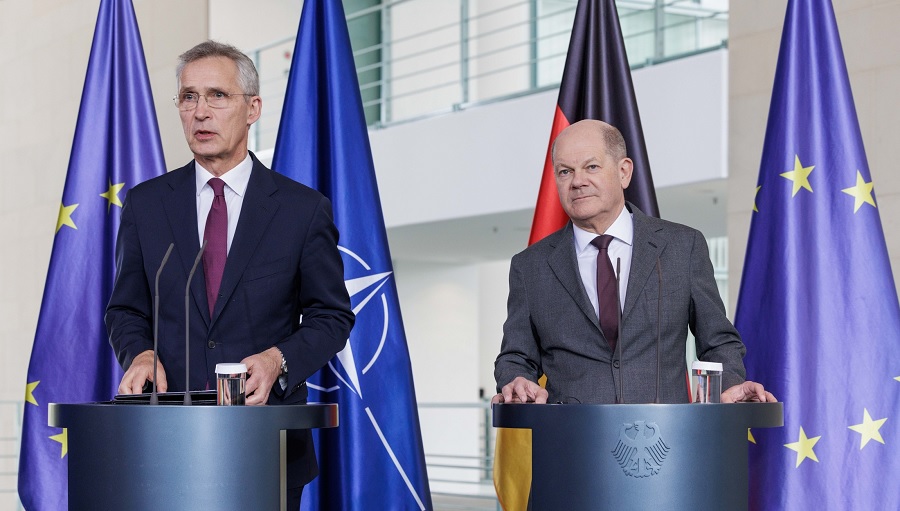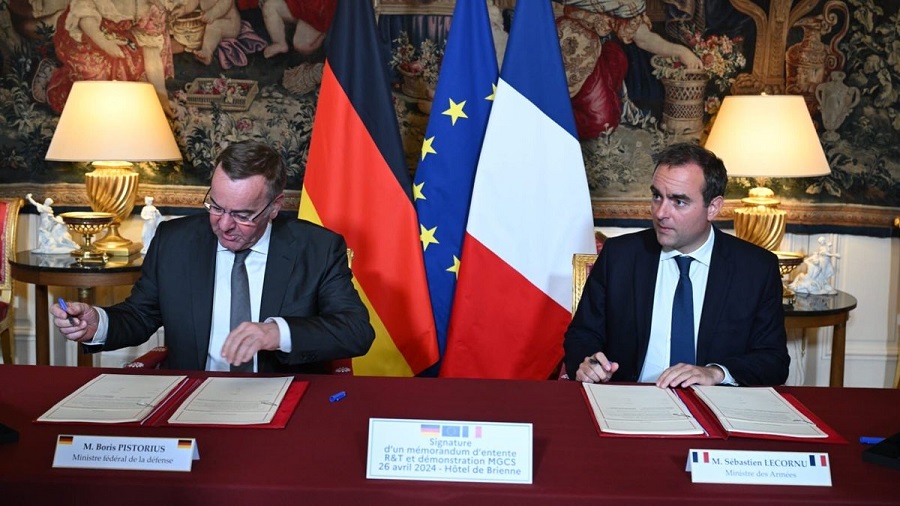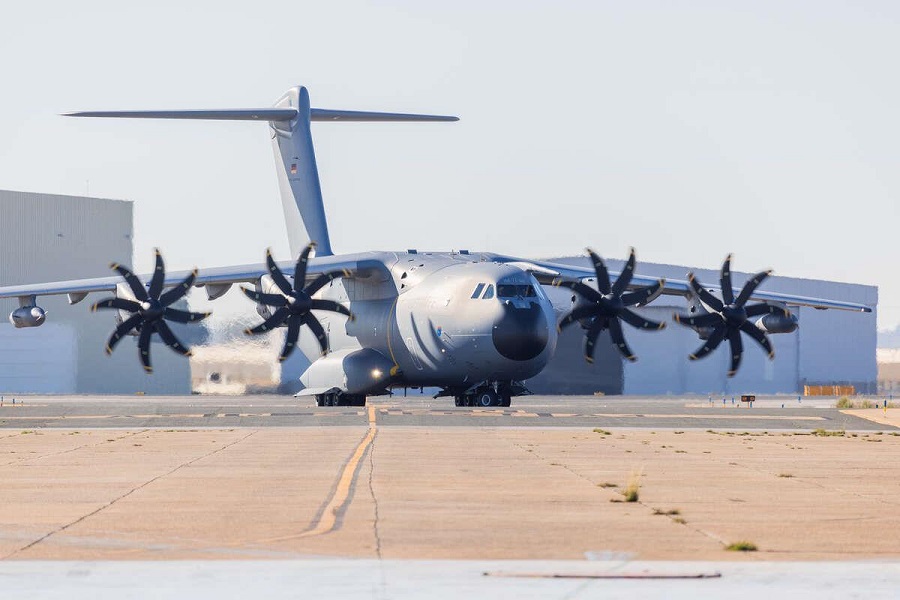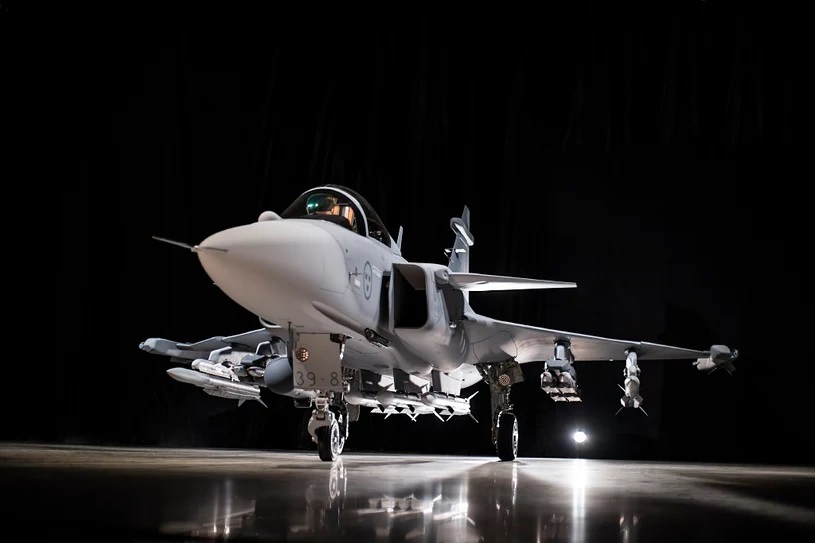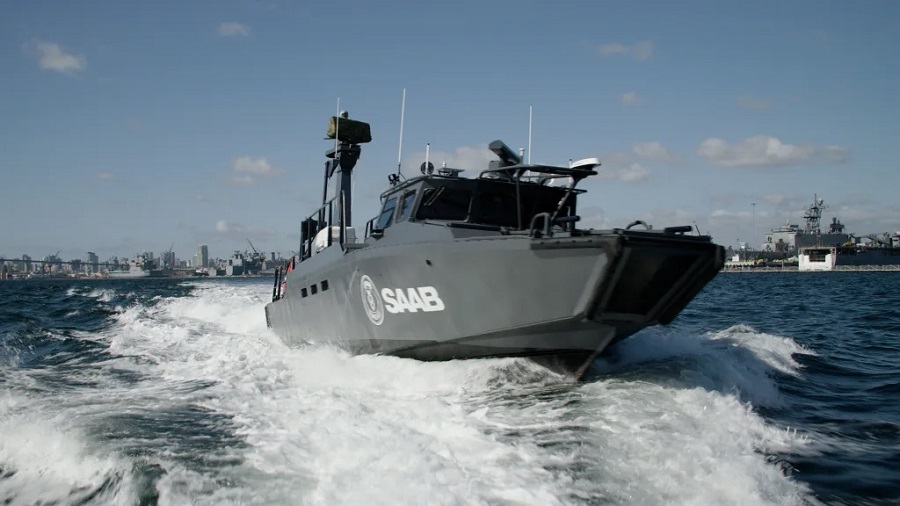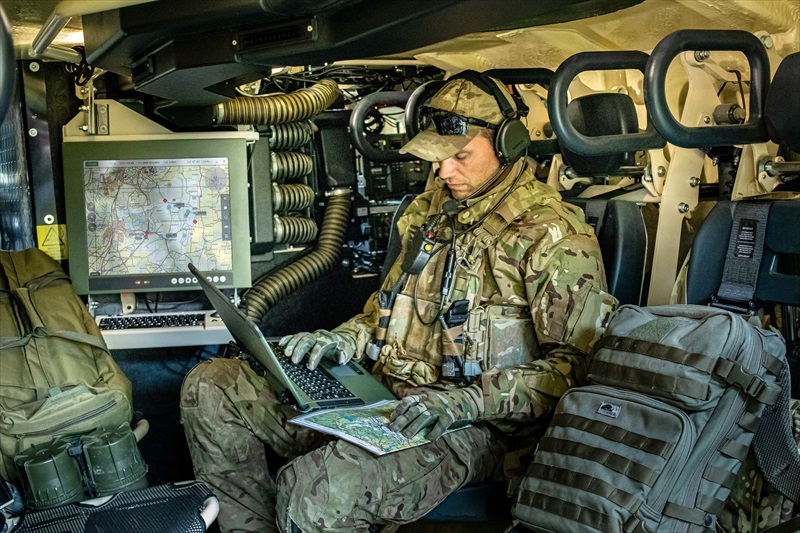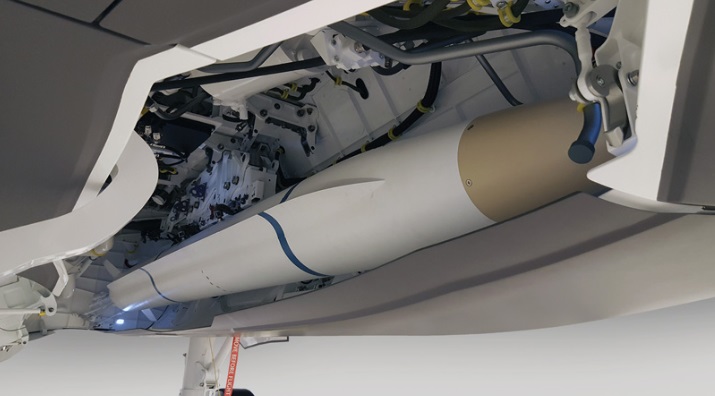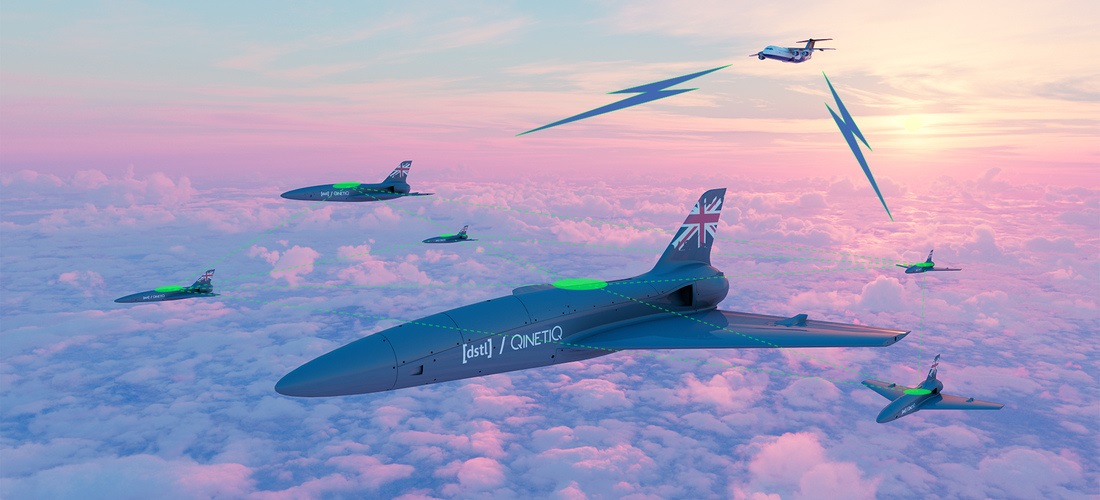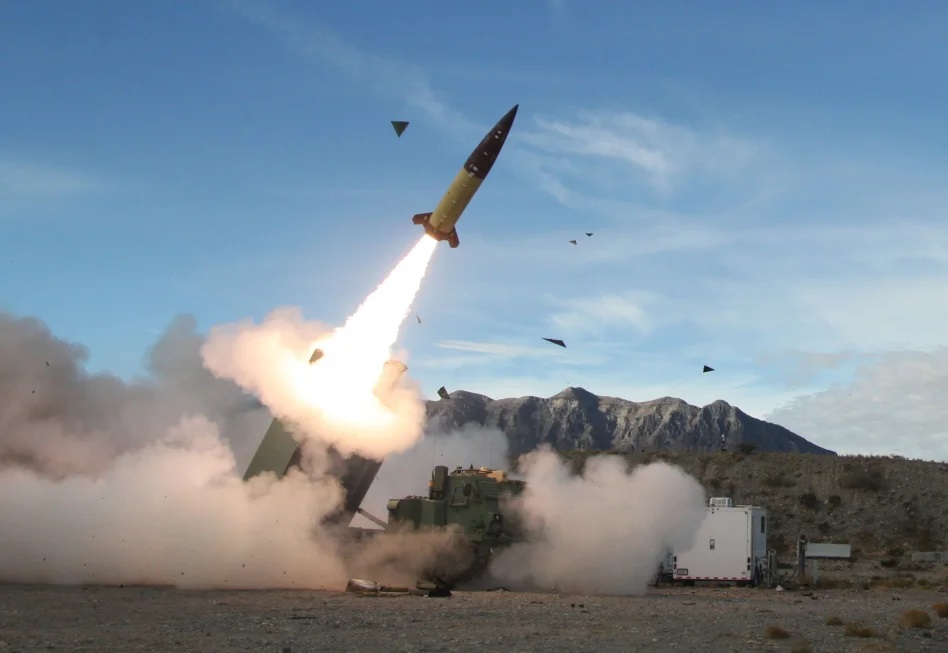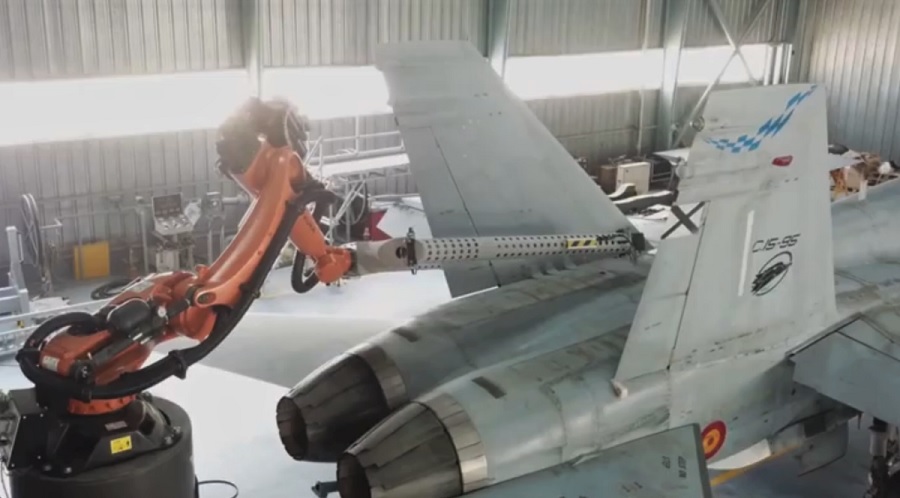To shield this area, the A330 Multi Role Tanker Transport (MRTT) aircraft, owned by NATO and operated by the Multinational MRTT Unit (MMU), provide air-to-air refuelling (AAR) to Allied fighters, increasing their interoperability, flight time and readiness.
“One year ago we had to react very quickly to deploy our aircraft in support of NATO’s efforts to protect the Eastern flank,” said an MMU spokesperson in Cologne, one of the operating bases of the unit. “This was an important achievement for a two-year-old unit but we were entrusted to do it.”
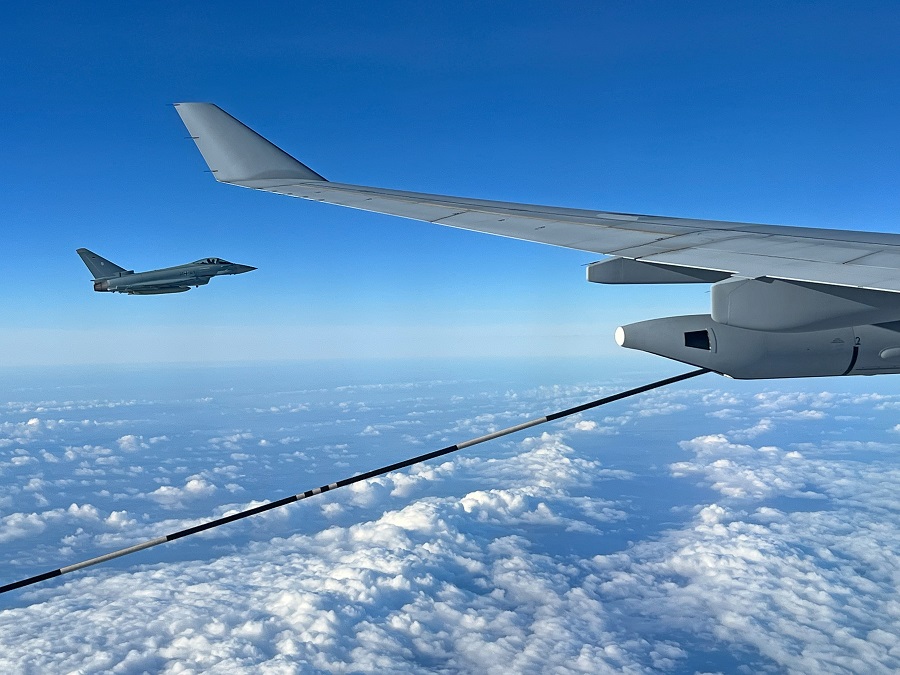
Along 2022, the MMU flew almost 350 AAR missions. Their MRTT tankers have refuelled more than 250 receivers only in the last quarter and offloaded over 900.000kg of fuel, keeping Allied airspace safe.
March 2023: Initial Operational Capability
At any one time, NATO members have around 30 aircraft on patrol on the Eastern flank, including fighters, surveillance aircraft and the MRTTs from the Multinational MRTT Fleet (MMF), giving critical support for strategic tanker and transport capabilities.
“In the current circumstances of increasing uncertainty and need for reliable defence platforms, the A330 MRTT keeps demonstrating its maturity and versatility to support Allied missions”, said Jean Brice Dumont, Head of Military Air Systems at Airbus Defence and Space. “The MMF initiative is a game changer for the partner nations and provides them critical capabilities in multi domain operational theatres”.
In spite of its young age, the seven aircraft of the MMF fleet are already certified as a tanker for Eurofighters using the hose and drogue system at high fuel offload rate (1,300 kg/min – 420 US gal/min) and for F16s and F-35s of the MMF member nations using the alternative boom refuelling system (up to a maximum of 3,600 kg/min – 1,200 US gal/min). Unlike other tankers, the MRTT doesn’t require any external or additional fuel tanks inside its cargo hold.
Other allied fighters such as F18s, Harriers, Rafales or Gripens, and heavy aircraft like NATO’s E-3 AWACS or C-17, can be also refuelled by the MMU, which expects to achieve its Initial Operational Capability by 23 March and Full Operational Capability in mid-2024.
A key asset for European strategic autonomy
The MMF initiative comprises six European nations (Belgium, Czech Republic, Germany, Luxembourg, Norway and the Netherlands) who share costs proportionally according to the national commitment of flight hours per year defined in the Memorandum of Understanding. Four of the aircraft are routinely operated from the MMU Main Operating Base (MOB) in Eindhoven (Netherlands), while the other three aircraft operate from their Forward Operating Base (FOB) in Cologne (Germany).
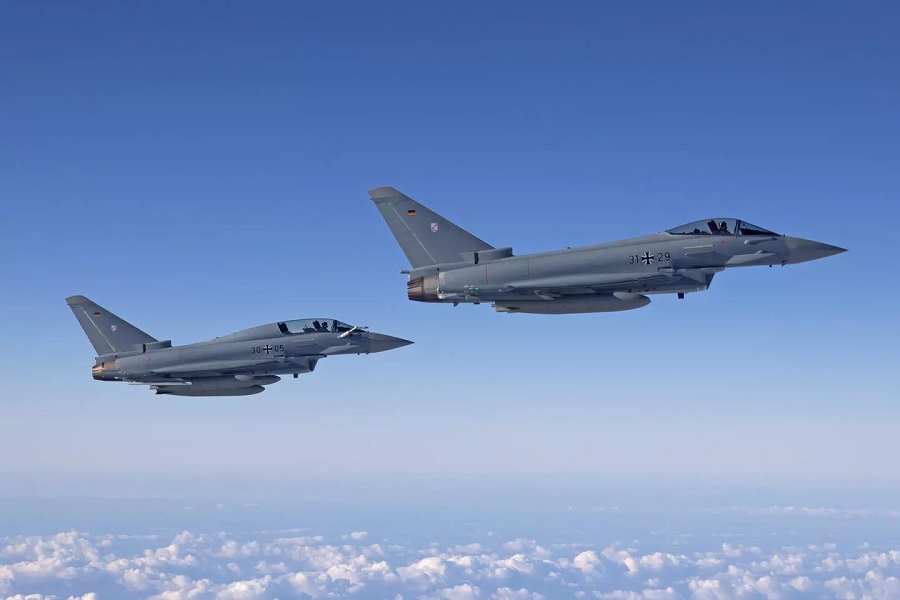
The final two out of nine MRTTs currently on contract for the MMU are expected to be delivered in 2024.
The synergies across nations, the increasing demand on AAR capabilities due to an uncertain global context, and the reduction in costs, have made the MMF programme a ‘critical enabler’ for air-power projection and European strategic autonomy.
Afghanistan 2021, Rapid Pacific 2022, Jordan 2023
The MMU has also shown its potential outside the European theatre. From the evacuation of civilians and refugees from Afghanistan to the mission in the Indo-Pacific region during the Rapid Pacific deployment with the German Air Force.
Six Eurofighters, three MMF MRTTs and four A400M participated on this five-stop journey (United Arab Emirates, Singapore, Australia, South Korea and Japan) whose main milestone was the exercise Pitch Black led by the Royal Australian Air Force.
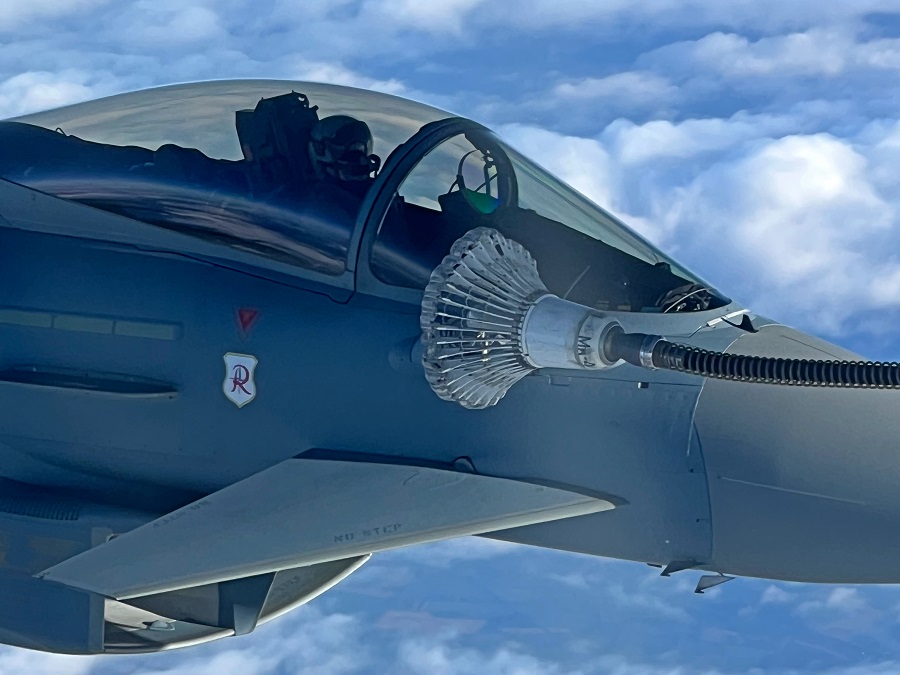
The largest deployment of the MMU to date is planned for 2023. The MMU will deploy to the Middle East in July to support operations of German Air Force and other allied fighters in the region.
Germany participates with over 60% of the hours of the MMF fleet. The deployment will last three months with one rotation and will mainly focus on air-to-air missions. The German Air Force has been deployed in Jordan since 2015, with A310 MRTT, Tornados and the A400M.
An ambulance in the air
Besides the AAR and cargo capabilities, the MMF MRTTs can also be configured as strategic aeromedical evacuation (MEDEVAC) aircraft. An MMF MRTT can carry up to six intensive care units (ICUs) on the front, 16 stretchers, 20 seats for medical staff and one medical storage cabinet.
The Unit will be authorised to use this configuration from Q3 2023. One of the nine MMFs will always be used as a ‘flying ambulance’ and, if required, any of the other eight can be quickly converted to the MEDEVAC role.
Click here for more information on A330 MRTT.
This article was originally published on Airbus website.


